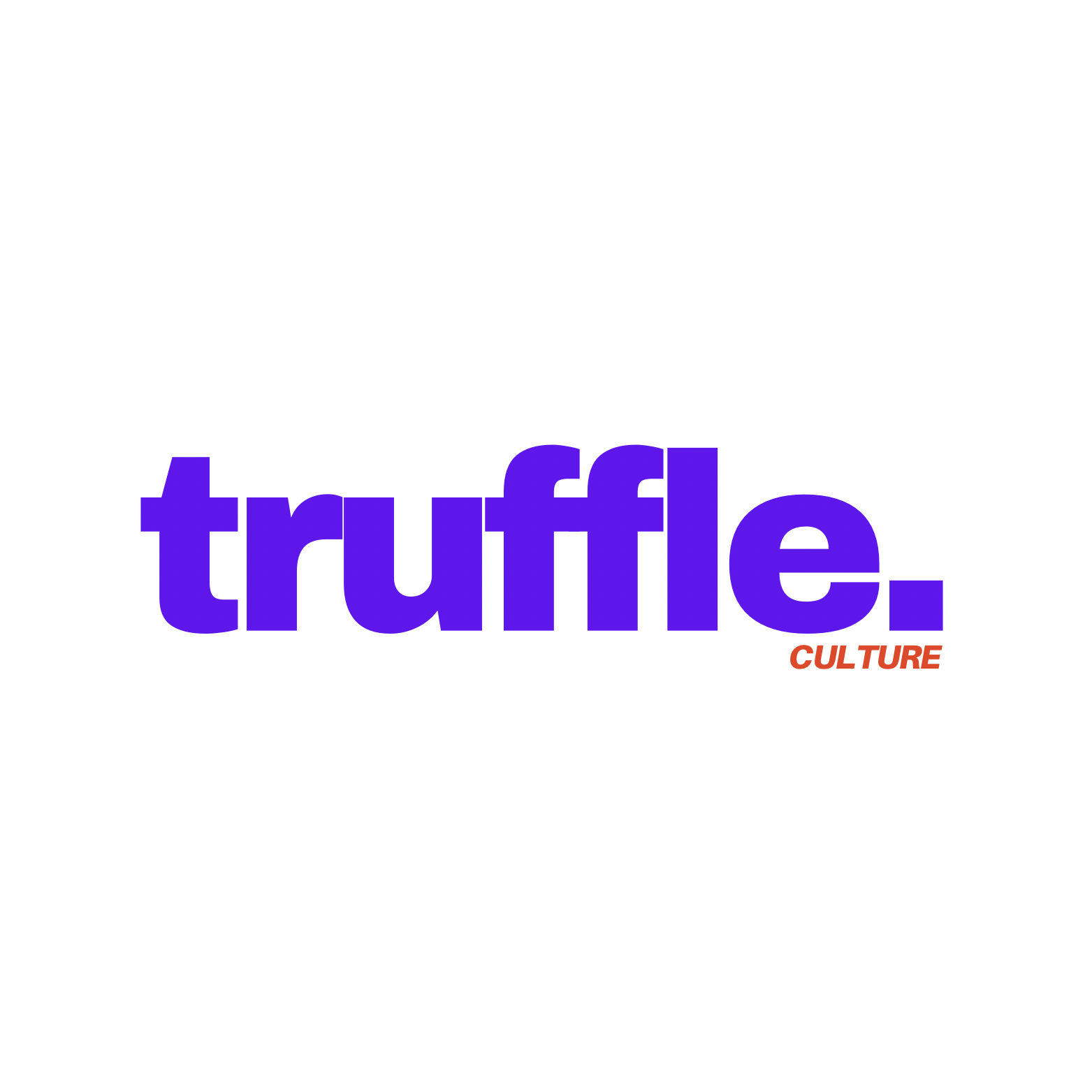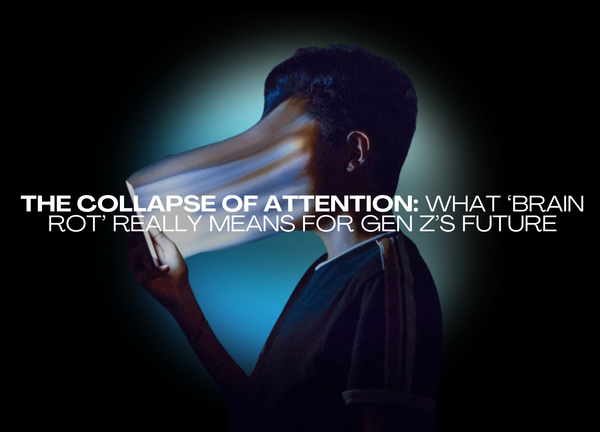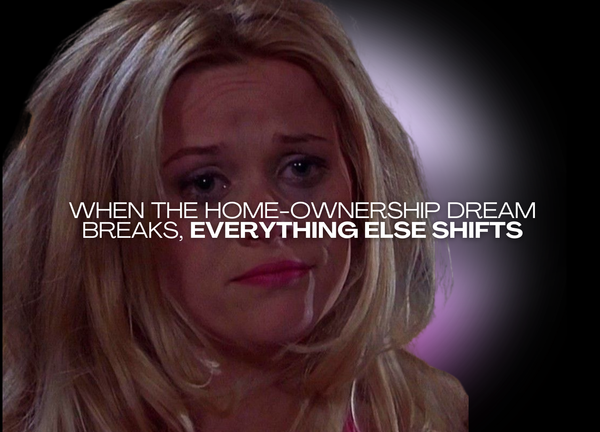Swipe Sickness: How TikTok and Reels Hijack Your Brain’s Reward Circuits
Short-form video apps are rewiring our brains for constant dopamine hits. Neuroscientists warn the endless swipe weakens focus, memory, and self-control—training us to crave instant rewards while eroding deep attention. Here’s how TikTok and Reels hijack your mind and what it takes to reclaim it.
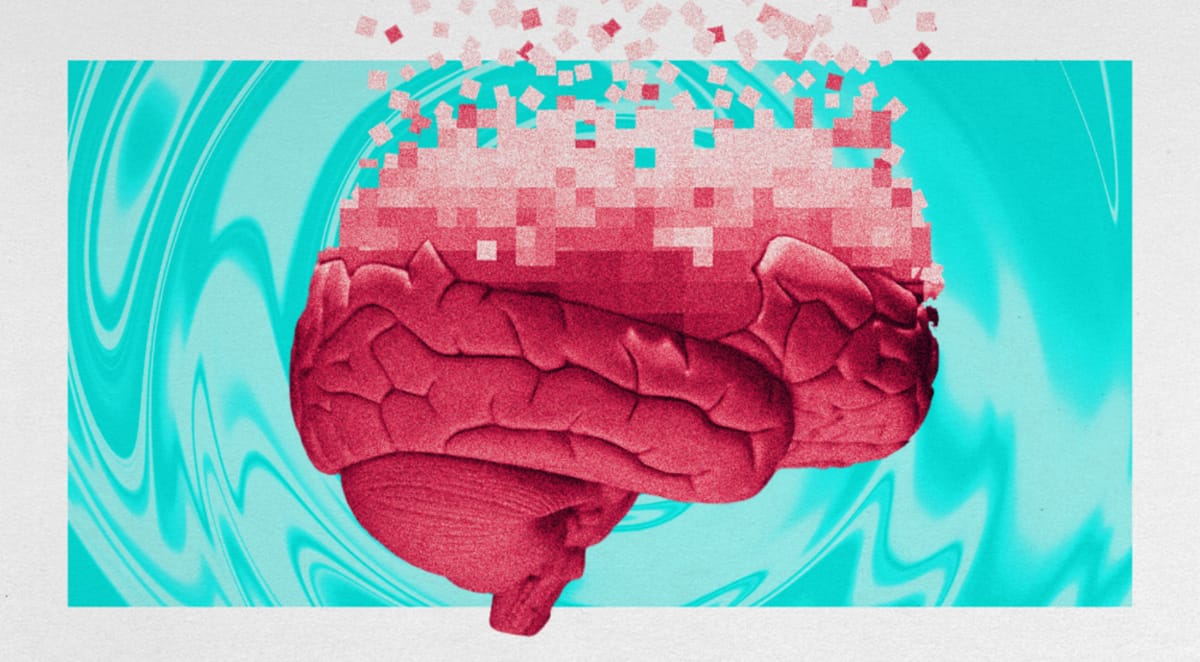
Each swipe delivers a pixelated dopamine hit – but at what cost to our focus and self-control?
The Endless Scroll and the Dopamine High
Swipe, laugh, repeat. Short-form videos – those 15-60 second clips on TikTok, Instagram Reels, and YouTube Shorts – are engineered as bite-sized delights that our brains find hard to resist. Every flick of the thumb brings a fresh jolt of novelty, a quick hit of “feel-good” brain chemical dopamine. “The platform is a ‘dopamine machine,’” warns pediatric neuropsychologist Dr. John Hutton, describing how TikTok’s feed floods the brain’s reward center . Each swipe reinforces cravings “for something enjoyable, whether it’s a tasty meal, a drug or a funny TikTok video,” as Wall Street Journal tech columnist Julie Jargon puts it . In plain terms, our brains learn to love the quick fix.
This cycle of instant gratification taps into an ancient neural pathway designed to reward survival behaviors – food, social connection, novelty. Short videos hack that system brilliantly. Did the last clip not spark joy in the first three seconds? No problem – swipe again and your brain gets a new chance at a dopamine jackpot. “When you see something you don’t like, you can quickly pivot to something that produces more dopamine,” explains neuropsychologist Dr. Sanam Hafeez, describing how the infinite feed trains us to seek constant rewards . It’s the same principle slot machines exploit: variable rewards on an endless loop. The result? A compulsive itch to keep scrolling, chasing the next micro-rush. No wonder addiction expert Dr. Anna Lembke has dubbed the smartphone the “modern-day hypodermic needle,” delivering digital dopamine hits with each tap and swipe .
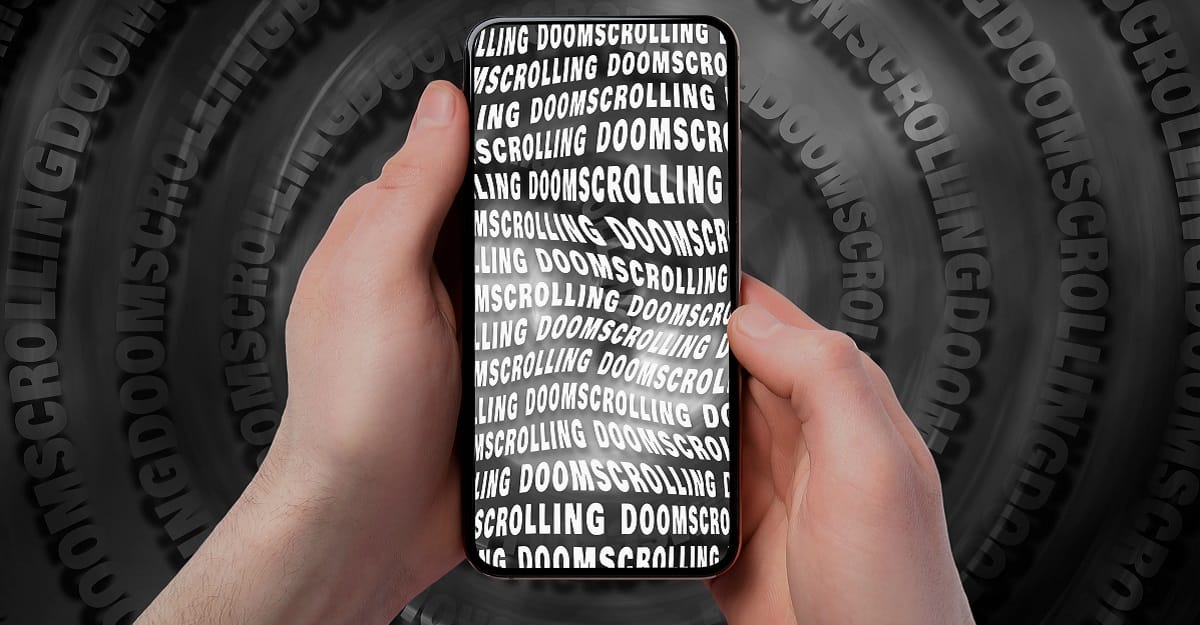
Fragile Focus: Instant Gratification vs. Deep Attention
The trouble comes when our dopamine-saturated brains leave the TikTok thrill ride and face the real world – one that doesn’t dispense rewards every 15 seconds. Teachers, employers, even we ourselves, are noticing a creeping impatience and distractibility. Young people who binge on short-form content find it harder “to participate in activities that don’t offer instant gratification,” Jargon observed in the Wall Street Journal . In other words, sustaining attention on anything sluggish or unexciting – homework, a book, a long conversation – feels increasingly like a struggle. The brain, conditioned by rapid-fire stimuli, starts to reject the slow burn of sustained focus.
Neuroscientists are now sounding alarm bells over this “TikTok-ification” of attention. Working memory – the mental scratchpad we use to hold information – can get “swamped” by heavy social media multitasking, muddling our focus and emotional balance according to UC Davis professor Charan Ranganath . Our ability to filter distractions and stay on task may be eroding. In fact, psychologist Gloria Mark finds the average screen-era attention span **plummeted from 2½ minutes in 2004 to just 47 seconds by 2023 . Each notification or new video yanks our concentration away, and it’s getting harder to glue it back. One 2024 study by the American Psychological Association even found that excessive screen time can stunt the development of the prefrontal cortex in adolescents, the very brain region responsible for attention control, impulse restraint, and emotional regulation . In teens glued to infinite feeds (who now check their phones over 100 times a day on average ), researchers observed weaker impulse control alongside heightened anxiety and stress . In short, the neural muscle that helps us ignore distractions, resist temptations, and manage emotions is being weakened by overuse of these digital sugar hits.
The term “brain rot” has even gone viral as Gen Z’s tongue-in-cheek label for the hazy mental fatigue after too much TikTok. It’s half-joke, half-real: endless scrolling leaves them dazed and unable to focus, a phenomenon so relatable it’s amassed over 2.8 billion TikTok views under the #brainrot hashtag . Ironically, by meme-ifying their own attention struggles, young users are acknowledging what science confirms: feed your brain a diet of constant distractions, and it starts to lose its appetite for concentration. As one neuroscientist quipped, today’s TikTok-addled mind has a focus shorter than a goldfish’s – a hyperbole for sure, but not far from how it feels when deep focus is shattered into 15-second fragments.
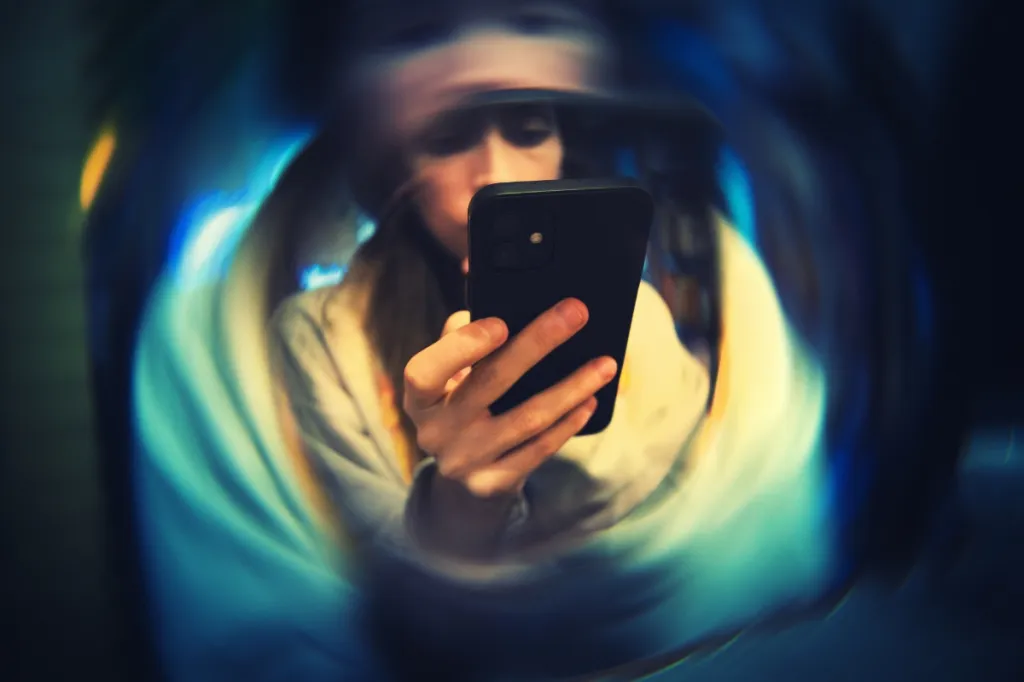
Hijacking Self-Control and Decision-Making
Perhaps more unsettling, the impact of these dopamine snacks goes beyond momentary distraction – they may subtly rewire how we make decisions and control impulses. The prefrontal cortex, our brain’s control center, normally acts like a sensible coach: weighing options, considering consequences, and pumping the brakes on reckless impulses. But what happens when that coach is weakened or outshouted by the promise of instant rewards? Early research suggests short-form video binging tips this balance in alarming ways.
Brain imaging studies of heavy short-video users are revealing patterns reminiscent of addictions like gambling. In one experiment, college students classified as “short video addicts” showed higher risk-taking tendencies and impulsivity on decision tasks . They opted for quick rewards despite greater risks, significantly more than non-addicted peers. Notably, when exposed to familiar short-video cues (think the TikTok logo or a glimpse of a trending dance clip), their brains lit up in areas linked to reward and habit – the orbitofrontal cortex (OFC) and frontopolar cortex – as if primed for a hit of excitement . Outside of those cue moments, these same individuals behaved more cautiously, suggesting it’s specifically the trigger of the short-form content that drives them toward impulsive choices . In plain terms, the short-video context can put the brain’s reward-seeking into overdrive while muting the usual caution signals.
Other researchers observed that people with intense short-video habits show “decreased loss aversion” – essentially undervaluing future risks compared to immediate rewards . This mirrors the mindset of a gambler chasing a win, downplaying the chance of loss. It’s as if constant swiping trains the brain to prioritize instant payoff (a quick laugh, an exciting video) and tune out the “what if” voice that usually weighs consequences. Small wonder, then, that heavy TikTok users self-report more impulsive decision-making and difficulty sticking to long-term goals . Their brain’s reward circuit becomes finely tuned to “act now, think later.” In parallel, regions critical for impulse control and planning (like the dorsolateral prefrontal cortex) show signs of altered activity in chronic short-video consumers . The neural pathways for goal-directed thought weaken, while the habit loops strengthen – a shift that favors instant gratification over foresight.
Memory can suffer too. In a clever 2023 experiment, scientists asked participants to perform a prospective memory task – basically, remember to do something later – while giving them different content to consume during distractions. The group interrupted by TikTok videos performed significantly worse at remembering and executing their future intentions than those who spent the break using Twitter, watching a YouTube video, or even doing nothing at all . Only the TikTok-style scrolling eroded their memory for future tasks, likely because the rapid context-switching overloaded their brains. It’s an eerie finding: the more we train ourselves to flit from one dopamine-rich snippet to the next, the harder it becomes to hold on to a mental note or pursue a long-term goal. That doesn’t bode well for things like studying for exams, sticking to New Year’s resolutions, or any activity where delayed payoff is the name of the game.
Five Times Worse Than Alcohol? Separating Hype from Reality
Amid these growing concerns, some claims about short-form videos have veered into sensational territory. Perhaps you’ve seen the headlines (or the viral TikTok soundbite) that doomscrolling Reels is “five times more damaging than alcohol” to your brain. Let’s be clear: there is no scientific study to date supporting that exact stat . Neuroscientists have not pinned a quantitative “X times worse” on TikTok versus vodka. Alcohol is a neurotoxin that can literally shrink brain tissue and destroy neurons, effects that are well-documented over decades . Binge drinking, even at moderate levels, can lead to permanent cognitive impairment, whereas no one is suggesting that binge-watching TikToks causes literal brain cell death in the same way.
So why the dramatic comparison? It’s a clumsy analogy born from genuine worry. What short-form video overuse does share with substance abuse is the ability to subtly rewire the brain’s reward and control circuits over time . Scrolling isn’t going to give you Wernicke’s encephalopathy or liver failure – but it might cultivate an insidious form of mental dependence, training your neural pathways to prefer easy highs and making real-life activities seem dull by comparison. As one tech writer noted, the claim that TikTok is “5× worse than alcohol” is likely exaggerated “social media hype” . Yet experts don’t dismiss the kernel of truth behind it: unlike alcohol, which people recognize as physically harmful, short videos slip under the radar as harmless fun while potentially undermining our ability to focus, remember, and self-regulate in the long run . It’s a stealthier kind of threat – mental junk food instead of poison – but too much junk can still make you unwell.
Dr. Lembke’s metaphor of the smartphone as a hypodermic needle is apt: we’ve all but mainlined these platforms into our daily routine . And as with any addiction, tolerance builds up. What used to satisfy for an hour now consumes many. A recent Pew survey found over 70% of 18–29 year-olds spend 4+ hours online daily, much of it in short bursts of social media grazing . Little wonder we feel mentally “hungover” after a marathon scroll. We’re feeding the brain constant hits, but starving it of the downtime and deeper engagement it needs to truly function well.
Reclaiming Your Brain (Without Quitting the Internet)
Let’s be honest: short-form videos are not going away – and they’re not all evil. They entertain, inform, and offer creative micro-storytelling that defines modern culture. Even the scientists studying “TikTok brain” acknowledge the irony that Gen Z uses humor and memes as a form of resistance – laughing at their own shortening attention spans even as they indulge them . The challenge, then, is about balance and mindfulness. How do we enjoy the candy without rotting our teeth (or brains)?
Researchers and psychologists suggest a few common-sense habits: set boundaries on your daily scroll time (many apps now have built-in timers – use them!), and take regular “dopamine fast” breaks by doing something offline and low-tech. Simple changes like disabling non-essential notifications can reduce that constant bait-and-switch of attention. Engaging in longer-form activities – reading a book, watching a full-length film, learning a musical instrument – is like a gym workout for your sustained attention; it rebuilds the focus muscle that TikTok may be tearing down. And for parents of young teens, it’s wise to delay the jump into the short-video vortex and instead encourage other hobbies, since adolescent brains are especially sensitive to dopamine-driven habit loops . In the same way we eventually learned to treat sugary snacks as occasional treats rather than staples, we’re now learning to see digital treats in a more critical light.
Most importantly, awareness is power. The next time you catch yourself stuck in an endless scroll, remember: there’s a reason it’s so hard to look away, and it’s not just lack of willpower. These platforms have tapped into primal neural pathways – but knowing that can help you take back the reins. Our brains are plastic, capable of forming new habits and strengths at any age. Dopamine may be a wily master, but it’s not invincible. We can enjoy our memes and dance videos and still practice flexing our attention spans on the regular.
In the end, the goal isn’t to demonize TikTok or declare a purge of all things fun. It’s to recognize that we’re in the middle of a grand, unintentional experiment with our own minds. Instant entertainment in excess might be rewiring our mental circuitry in ways we never signed up for. The more we understand those effects – the dopamine rushes, the focus fractures, the memory lapses – the better we can guard our most precious resource: the ability to control our own mind. Short-form content has hacked our brain’s reward system; now it’s on us to hack back a bit of control. After all, a mind that can truly focus – even in a world of infinite distractions – might just be the superpower of the 21st century.
Sources: Scientific studies and expert commentary on social media’s cognitive effects , as cited above.
